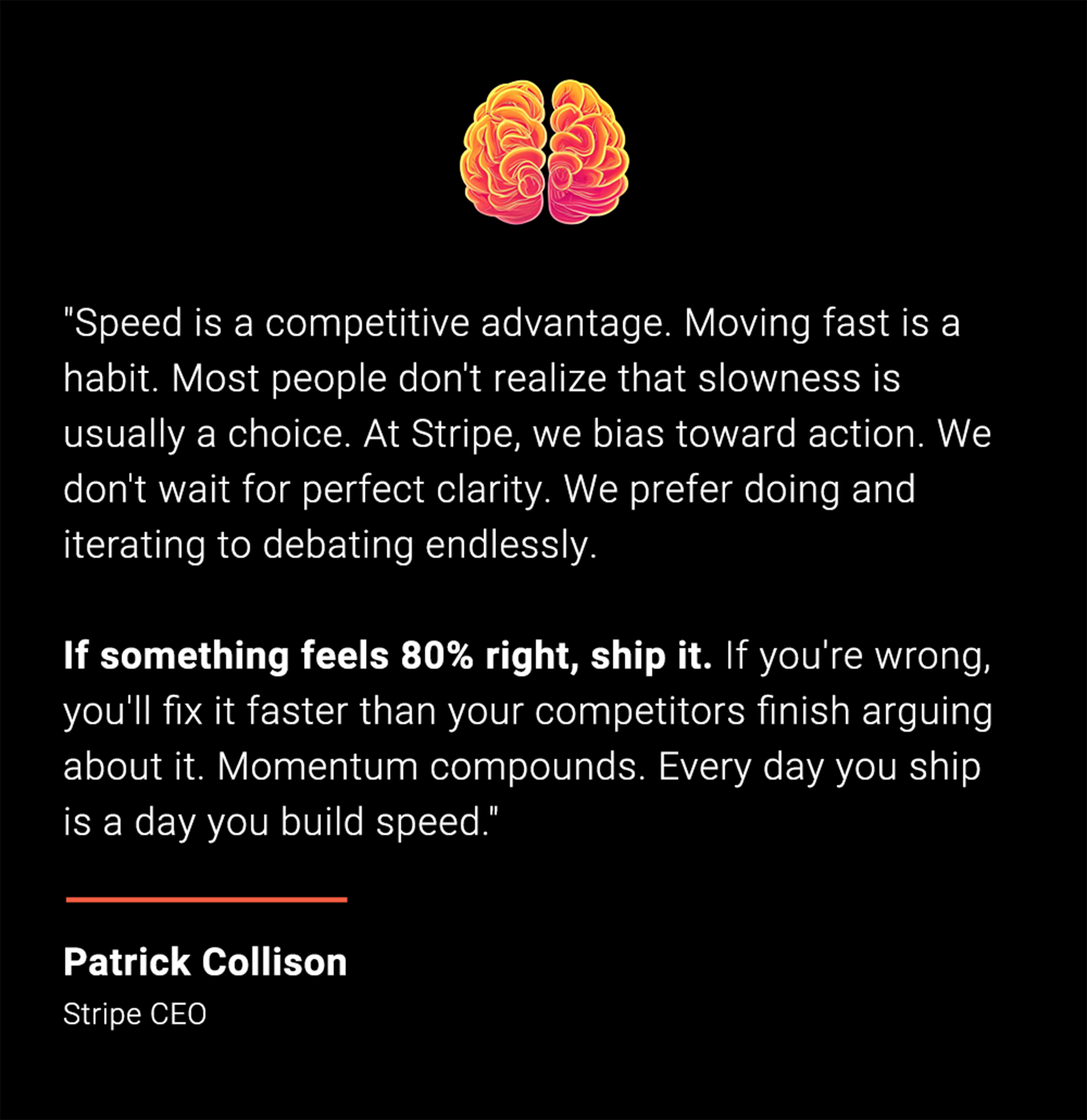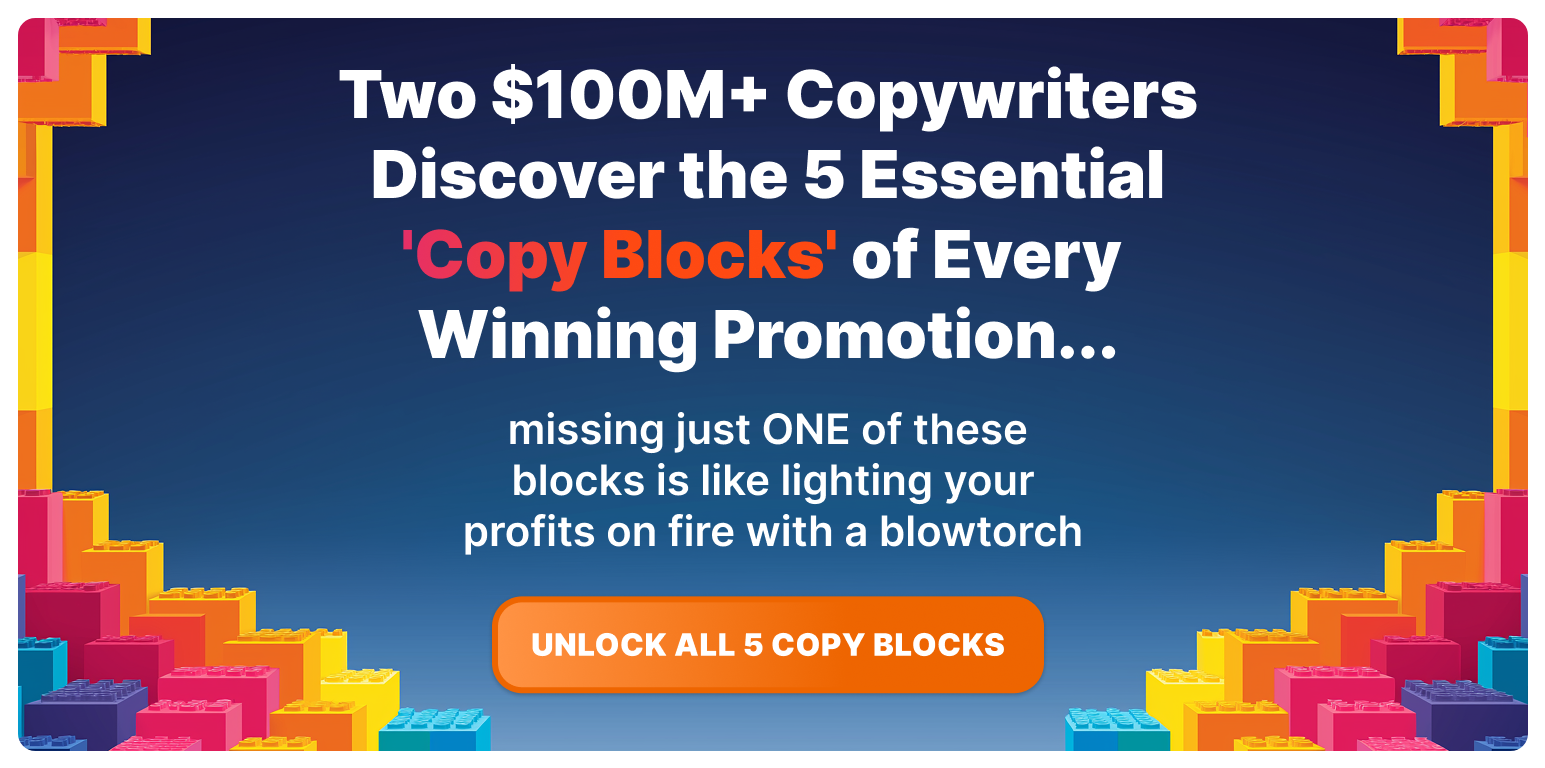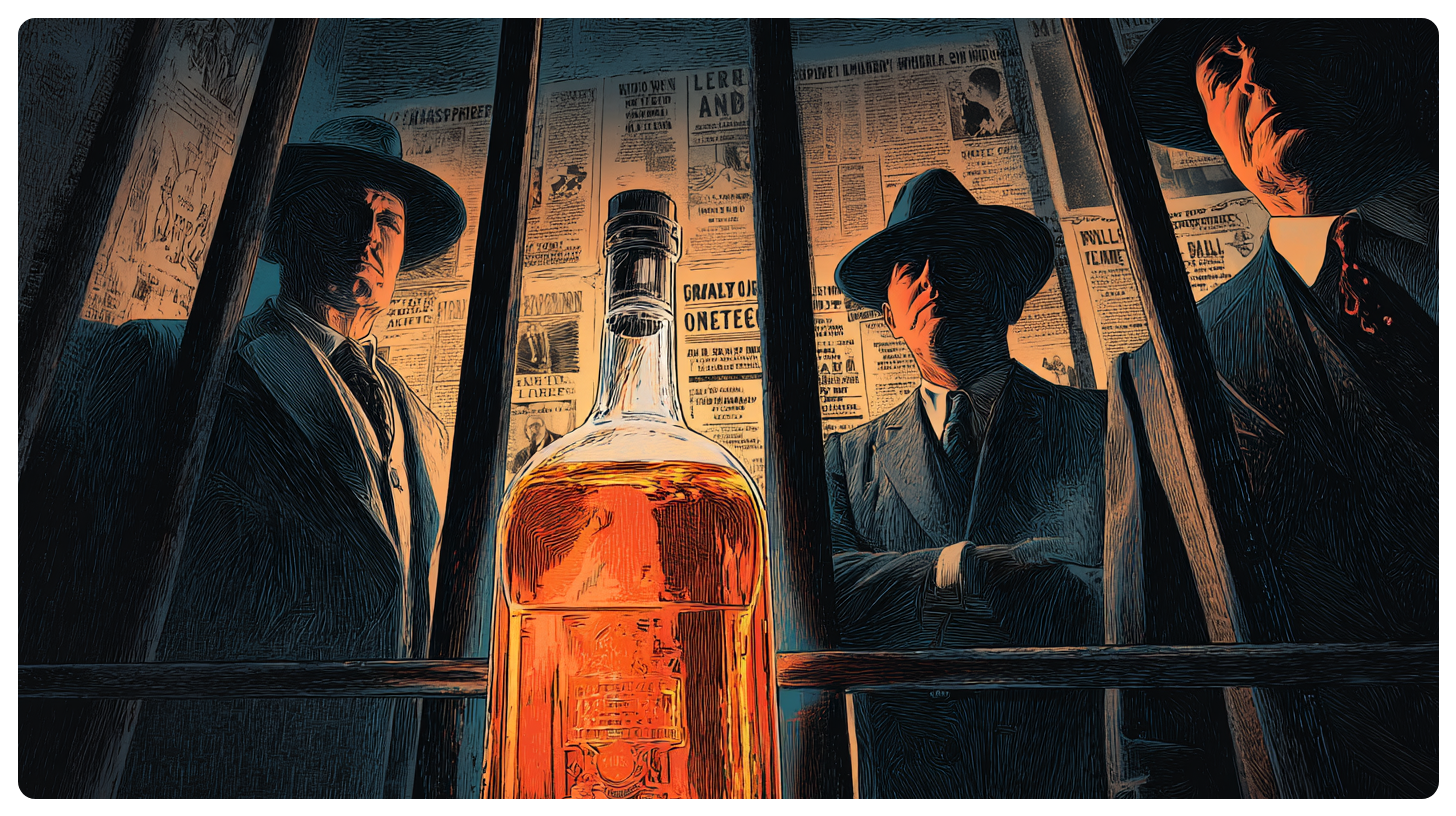Monday Memo

A Byte of Knowledge
Shock-value and clickbait headlines are killing your conversions.
Why?
Because it's like telling your date your taking her to a comedy movie...
And Saw 5 starts playing.
Your prospects feel tricked. Manipulated. Resentful.
Headlines must grab attention, obviously.
But not at the expense of the rest of your promotion.
Instead, your headline should set the emotional tone for what follows.
Because if you're advertising "The Shocking Truth About Retirement Savings"
You better tell them something shocking about their retirement.
Or else they're tapping out right away.
And you just wasted precious ad dollars on a someone who was never going to buy from you in the first place.
Always remember your marketing is one seamless conversation.
Your headline plants the emotional seed...
Your lead nurtures it...
Your body copy grows it...
And your close harvests it.
You need to build an unbroken emotional thread from first touch to final sale.
🚀 Whether you're selling a $7 ebook or a $30,000 coaching program – having these 5 'Copy Blocks' in your ads could be the difference between crickets and cash registers.
Discover All 5 'Copy Blocks' Now
Something to Ponder

We Asked – AI Answered
Our Question:
"Expose the alcohol distribution monopoly and how it’s so incredibly difficult to break into the industry."
AI's Answer:
The U.S. alcohol industry is locked in a century-old “Three-Tier System” born out of Prohibition. It was designed not to help entrepreneurs—but to control them.
Today, this system is protected by lobbyists, legacy players, and state-by-state strangleholds. Trying to break into alcohol distribution is like trying to start a bank… with your competitors writing the rules.
💡 The Origin Story—How Prohibition Built the Bottleneck
Let’s rewind to 1920:
- Prohibition (1920–1933): The 18th Amendment banned the sale and production of alcohol. But instead of a sober utopia, it led to:
- Organized crime (Al Capone made ~$60 million/year from bootlegging),
- Poisoned alcohol, and
- Massive disrespect for the law.
Then came the fix:
21st Amendment (1933) repealed Prohibition—but with strings attached.
This created the modern Three-Tier System, a structure still in place today.

💡 Understanding the Three-Tier System
It’s simple… and sinister.
Tier 1 – Producers
- Wineries, breweries, distilleries.
- They make the product.
Tier 2 – Distributors (Wholesalers)
- Middlemen with insane power.
- They buy from producers, sell to retailers.
Tier 3 – Retailers
- Bars, restaurants, liquor stores.
❗Law: Producers can’t sell directly to retailers or consumers (with very few exceptions).
You must go through a distributor.
Think about it: Coca-Cola can sell to Walmart. Tito’s Vodka cannot.
💡Why Distributors Have a Chokehold
1. Legal Protection
- Every U.S. state enforces its own alcohol laws.
- You need a different license in every state.
- Most states require you to work with an in-state distributor.
2. High Regulatory Moats
- Alcohol is regulated by the TTB (federal) and state alcohol control boards.
- Each layer adds red tape, fees, and delays.
- Want to distribute your own product? In most states, that’s illegal.
3. Lobbying Muscle
- Major distributors (like Southern Glazer’s, Republic National) spend millions lobbying to maintain this system.
- Southern Glazer’s Wine & Spirits alone controls 30%+ of U.S. wine and liquor distribution.
- Example: In 2022, alcohol industry lobbying exceeded $30 million [source: OpenSecrets].
4. Pay-to-Play Economics
- Want shelf space? That’ll cost you.
- Want bar placement? Expect “slotting fees” and incentives.
- Distributors prioritize big brands who move volume and pay rebates.
Result? Small players get frozen out.

💡 The Startup Graveyard—Why Breaking In Is Brutal
→ Case Study: Drizly
- A booze delivery app.
- Even they didn’t own distribution licenses—they piggybacked off local retailers.
- Uber acquired them for $1.1B (2021)... but by 2024, Uber shut it down.
- Why? Regulation nightmares + thin margins + state compliance chaos.
→ Case Study: Craft Distillers
- Thousands of craft distilleries exist, but most can’t scale.
- 90%+ of craft spirits never leave their home state.
- Without distributor support, they can’t get into national chains.
💡 Loopholes? Only Barely.
1. Direct-to-Consumer (DTC) Workarounds
- Legal for wine in some states—but not for spirits or beer.
- Even then, you’re battling:
- Shipping laws
- Age verification systems
- Tax reporting requirements in every state
2. "Control States"
- 17 states (e.g., PA, Utah, New Hampshire) own the liquor stores themselves.
- You don’t pitch a distributor—you pitch the government.
3. Celebrity Brands
- You’d think having a name helps. Think again.
- Even brands by The Rock, Clooney, Ryan Reynolds had to partner with existing giants like Diageo or Constellation Brands.
- Why? They own the distribution.
Thanks for reading the Monday Memo.
Until next time!
The AI Marketers
P.S. Help shape the future of this newsletter – take a short 2-minute survey so we can deliver even better AI marketing insights, prompts, and tools.
[Take Survey Here]

